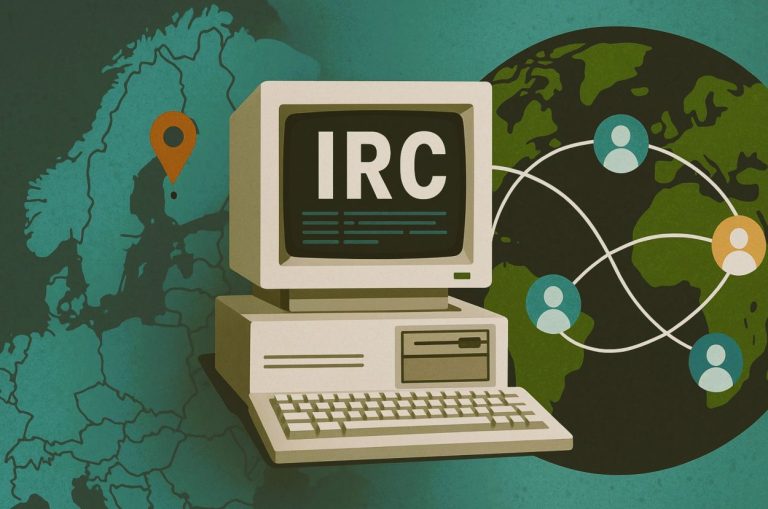

Whether this technology remains a specialized medical tool or evolves into a broader social force will depend on choices made now.

By Matthew A. McIntosh
Public Historian
Brewminate
From Brain Activity to Words
In a finding that blends the language of neuroscience with the cadence of science fiction, researchers have announced they can decode human inner speech, the silent monologue in our minds, with an accuracy rate of up to 74 percent. Published in the Cell Press journal Cell, the study describes a brain–computer interface system (BCI) that begins translating inner thoughts after the participant “speaks” a password silently to themselves. The password functions as a neural cue to start decoding, allowing the system to distinguish between random thought and intentional communication.
The experiments relied on participants imagining particular words or sentences while brain activity was recorded through high-resolution electrodes placed directly on the cortical surface. Advanced machine learning models then sifted through vast datasets to identify consistent neural signatures for each target phrase. The results, while not perfect, represent a leap in decoding silent cognition. In practical terms, the technology could reconstruct much of what a person is “saying” internally without a sound ever leaving their lips.
The Science and Its Limits
Achieving 74 percent accuracy is both remarkable and a reminder of how complex inner speech truly is. The human brain does not produce thoughts in tidy, uniform packages. The same word can be imagined with different levels of clarity, speed, or emotional charge, producing slightly different brain patterns. Moreover, the current methods require invasive recording techniques, which limit experimentation to individuals already undergoing neurosurgical procedures, such as epilepsy patients with temporary electrode implants.
The password system is an innovation intended to solve a subtle but critical problem: differentiating between idle inner chatter and words the participant wants to share. By “speaking” this mental cue first, the user signals the device to capture what follows, reducing the risk of misinterpreting private or irrelevant thoughts.
The Promise of New Communication Pathways
For people who have lost the ability to speak due to conditions like ALS, stroke, or severe paralysis, this technology offers hope for a direct bridge between thought and communication. Imagine composing sentences in one’s mind, silently triggering the system with a password, and having those words appear instantly on a screen or spoken aloud by a digital voice. In such contexts, a 74 percent success rate could dramatically enhance quality of life.
This vision builds on earlier brain–computer interface work that has allowed paralyzed individuals to control cursors, robotic limbs, and spelling devices. Decoding inner speech with a deliberate mental trigger would remove the intermediate step of physical movement altogether. That shift, from thought to language without motor involvement, is what makes this research feel like a threshold moment.
The Ethical Horizon
The potential power of thought-decoding has stirred debate well beyond neuroscience labs. Privacy advocates warn that without strict safeguards, the technology could be misused in ways that compromise the most intimate realm of human autonomy, the mind itself. Legal scholars have begun to explore whether “cognitive liberty” might need explicit protection in law, ensuring individuals retain control over whether their thoughts can be accessed or recorded.
The password cue is one way to embed privacy protections into the technology’s design, but it is not a panacea. In the wrong hands, the same system that helps a stroke survivor communicate could, in theory, be adapted for surveillance or coercive interrogation. Even the perception that such uses are possible could chill the freedom to think without fear of intrusion.
Cultural and Philosophical Questions
Decoding inner speech raises questions that reach into philosophy and cultural theory as much as neuroscience. Does the act of imagining a sentence constitute an expression equivalent to speaking it aloud? If machines can capture a thought before it is shared, has communication occurred, and to whom does that information belong?
The very concept of private thought has been a bedrock assumption in human society. The idea that it might become a partially permeable frontier challenges notions of selfhood and agency. In a culture already shaped by the constant sharing of data and the tracking of digital behavior, the possibility of mind-level transparency forces a reconsideration of what it means to be safe inside one’s own head.
Moving Forward
The researchers behind the breakthrough have been clear: they view their work as a step in a long process, not the final product. Future milestones will include refining algorithms for greater precision, developing non-invasive ways to gather comparable brain data, and building rigorous ethical frameworks before commercialization.
Whether this technology remains a specialized medical tool or evolves into a broader social force will depend on choices made now, while its capabilities are still limited. At 74 percent accuracy, the system is far from reading thoughts wholesale, but it is close enough to change the conversation about what might soon be possible. In the end, the science of decoding inner speech is not just about building a better interface between the brain and the world. It is about navigating the boundary between the intimate and the public, between what is imagined and what is shared: a boundary that, for all of human history, has been ours to control.
Originally published by Brewminate, 08.19.2025, under the terms of a Creative Commons Attribution-NonCommercial-NoDerivatives 4.0 International license.


